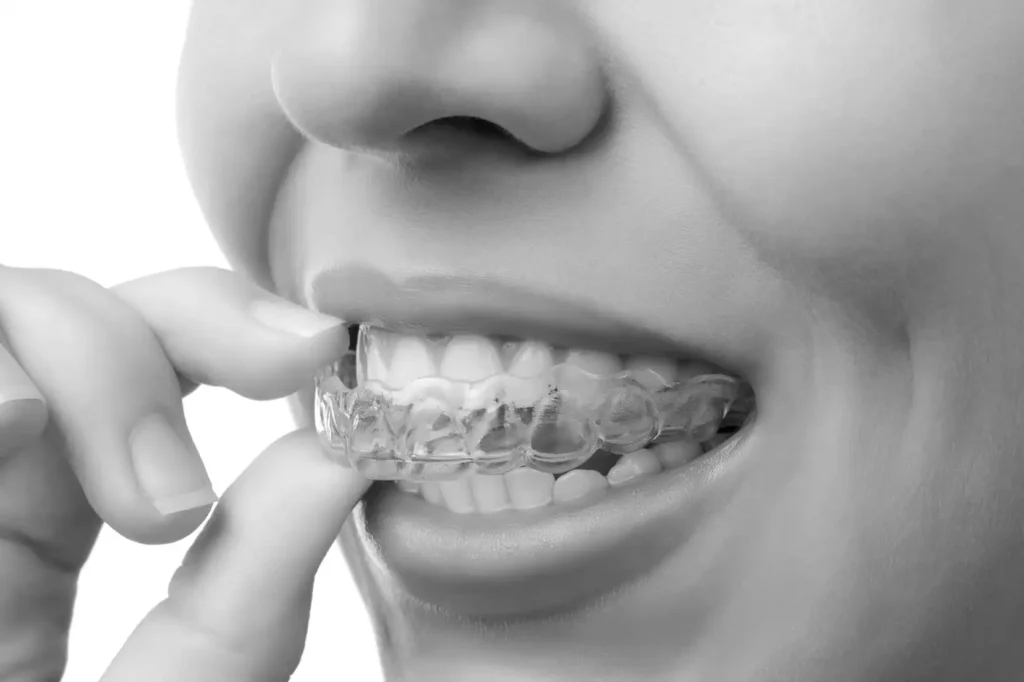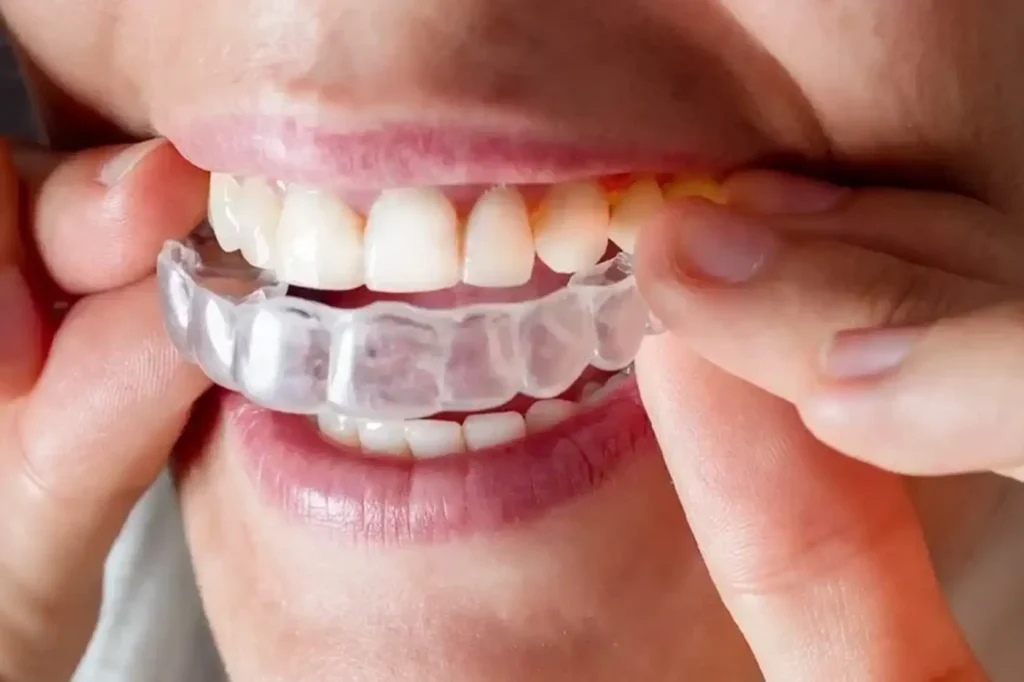How Does insurance cover Invisalign? Yes, many dental insurance plans cover Invisalign, but coverage varies by provider and policy. Some plans cover 50% to 75% of costs, while others provide a fixed reimbursement.
Introduction to Does Insurance Cover Invisalign:
Invisalign has become a popular choice for straightening teeth, offering a discreet and comfortable alternative to metal braces. But when considering this treatment, one of the most common questions is: Does insurance cover Invisalign? The answer depends on your dental insurance provider, plan details, and whether your policy includes orthodontic benefits.
Many people assume that all orthodontic treatments are covered the same way, but that’s not always the case. Some insurance companies consider Invisalign a cosmetic treatment, limiting coverage. Others provide similar benefits to traditional braces. To avoid unexpected costs, it’s essential to understand how insurance works for Invisalign and what options you have for maximizing coverage.
Many orthodontists offer flexible financing options.
What is Invisalign:
Invisalign is a modern orthodontic treatment that straightens teeth using clear, removable aligners instead of traditional metal braces. These aligners are custom-made for each patient and gradually shift teeth into the desired position over time. Invisalign is a great option for both teens and adults looking for a comfortable and nearly invisible way to straighten their teeth!
Key Features of Invisalign:
✔ Virtually Invisible: Made of clear plastic, making them discreet.
✔ Removable: Can be taken out for eating, drinking, brushing, and flossing.
✔ Comfortable: No metal brackets or wires, reducing irritation.
✔ Custom-Fitted: Created using 3D imaging technology for precise tooth movement.

How Dental Insurance Covers Invisalign:
Most dental insurance plans that include orthodontic coverage will offer some level of reimbursement for Invisalign. However, the specifics vary. It’s important to check with your provider to understand your plan’s exact terms and whether Invisalign qualifies under orthodontic benefits.
- Percentage-Based Coverage – Some insurance policies cover 50% to 75% of the Invisalign cost, up to a lifetime maximum limit.
- Fixed Dollar Coverage – Others offer a flat amount, typically between $1,000 and $3,000, regardless of total treatment cost.
- Lifetime Orthodontic Maximum – Many policies have a lifetime limit for orthodontic care, meaning once you hit that amount, you must pay out of pocket.
Does Insurance Cover Invisalign:
Yes, many dental insurance plans cover Invisalign, but coverage varies depending on your provider and policy. Some plans cover a percentage of the cost, while others offer a fixed dollar amount. However, not all insurers treat Invisalign the same as traditional braces, so it’s crucial to check your policy details.
Factors That Affect Invisalign Coverage:
Several factors influence whether your insurance will cover Invisalign. Additionally, age restrictions may apply. Some insurance plans only cover orthodontics for children and teens but exclude adults.
- Your Insurance Provider – Companies like Delta Dental, Cigna, and Aetna may cover Invisalign differently, with varying restrictions.
- Your Specific Plan – Some plans categorize Invisalign as cosmetic, while others treat it as necessary orthodontic care.
- Medical Necessity – If Invisalign is needed for severe dental issues (like overbite correction), insurance is more likely to cover it.
How to Check If Your Insurance Covers Invisalign:
To determine if your insurance plan includes Invisalign coverage, follow these steps. If your plan does not cover Invisalign, your provider may offer payment plans or financing options to make treatment more affordable.
- Review Your Policy Documents – Look for orthodontic coverage details and Invisalign-specific exclusions.
- Contact Your Insurance Provider – Call customer service to ask about Invisalign benefits, coverage limits, and necessary pre-approvals.
- Ask Your Dentist or Orthodontist – Many dental offices verify insurance coverage and can provide estimates for out-of-pocket costs.
Alternative Ways to Pay for Invisalign If Insurance Doesn’t Cover It:
If your insurance doesn’t cover Invisalign, you still have options. These options make it easier to afford Invisalign even if insurance coverage is limited or unavailable.
- Flexible Spending Account (FSA) or Health Savings Account (HSA): These tax-free savings accounts can help cover Invisalign costs.
- Dental Discount Plans: Some plans offer reduced prices on orthodontic treatments, including Invisalign.
- Monthly Payment Plans: Many orthodontists provide in-house financing with low-interest payment options.
- CareCredit or Third-Party Financing: Medical credit cards like CareCredit allow you to spread the cost over time.
FAQ
Most frequent questions and answers
Typically, no. Invisalign is considered a dental treatment, not a medical procedure, so it’s usually covered under dental insurance rather than medical insurance. However, if severe jaw misalignment requires medical intervention, partial coverage may apply.
Medicaid may cover Invisalign for children or teens if it’s deemed medically necessary. However, adult coverage is rare and varies by state. Contact your local Medicaid office to confirm eligibility.
If your insurance doesn’t cover Invisalign, consider payment plans, FSA/HSA funds, or dental discount programs to help lower costs. Many orthodontists offer flexible financing options.
Conclusion:
Does insurance cover Invisalign? In many cases, yes! However, coverage depends on your provider, policy, and orthodontic benefits. Some plans cover a percentage or fixed amount, while others may not include Invisalign at all. Always check with your insurer and dental provider to understand your options. If insurance doesn’t cover Invisalign, payment plans, FSAs, and dental discount programs can help. Understanding your benefits ensures you get the best possible treatment without unexpected expenses.








